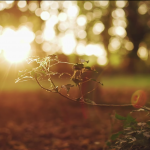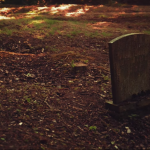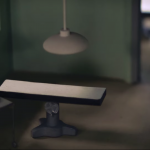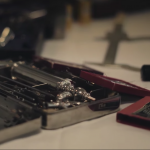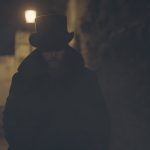Throughout the years, insane asylums have cemented themselves as a firm fixture on the horror landscape. From my early horror movie memories of “Halloween” and “A Nightmare on Elm Street 5: The Dream Child”, the cheesy but fun “House on Haunted Hill (1999)”, one of my favourite franchises of all time “Silent Hill”, to the more recent “Ratched” – mental asylums are always portrayed as places of dark malevolence where the patients are caged monsters and the staff even worse. With the closure of the big asylums, many of these buildings have been locked and left to slowly decay making them pure eye candy for the urban exploring community. In the case of a film like “Session 9” the location of the Danvers State Mental Hospital was hands down the star of the show in lieu of any worthwhile story.
My family home of Abbots Langley in Hertfordshire was the location of the Leavesden Mental Asylum. I first heard about it after my folks attended a tour hosted by the resident historian Martin Brooks, with them relaying some of the tales of Jack the Ripper suspects, murders and the darker aspects of its history. This immediately gripped my attention both because of these fascinating stories and also as sounded as if it might have some potential to tie into a vlog video idea I had bouncing around.
In recent times I have observed the closing of the Overton window and how society has become far more stringently proscribed and regulated in what is deemed as acceptable thought. Rather than discussing different points of view, it seems one side dominates whilst the other side is silenced. So the initial idea was to explore the history of the asylum in order to see if any comparisons could be drawn between how Victorian society would lock away gay people and unmarried mothers alongside the mentally ill, and how “wrong thinkers” often find themselves ostracised from society today. However, the more I delved into Leavesden’s rich history the more I found that its own fascinating story and the issues it covered said everything that need to be said, and so very naturally the asylum/hospital became the focus.
Sometimes when you have an idea for a project and embark on your adventure you hit a brick wall right away with people that simply do not want to know, but in this instance, it could not have been any more opposite. Martin Brooks of the Leavesden Hospital History Association is something of a local legend. In fact, when we eventually came to promoting this documentary locally it was his name more than anything that got people’s attention. He very kindly offered to take me on a guided tour of the site and allowed me to film, and it is this footage that is used in the documentary. Not only was Martin key to the project as a historical consultant as well as through his local links, but reviewing the footage and seeing this character of a custodian of the past, totally dedicated to his work, set the foundation of how this whole project would be produced. This was about protecting, maintaining and uncovering the past and so the project itself had to be anchored in the tangible and physical rather than the usual Ken Burns-style slideshow of image scans. It would rely on presenting the past either as new footage, archive moving images, or at the very least archive images presented in such a way as to bring them into a living work (i.e presented as a live slide projection).
Filming took place over two summers with the majority captured in the first with the second used for reshooting and any additional footage that was required when the conditions matched. In some cases, colour grading was employed to turn the cold light of spring into the warm orange hues of late summer and autumn. The final aspect to nail was the score which was provided by Chilean composer Daniel Cubillan and opera singer Caroline Joy who both did an excellent job of evoking feelings of vulnerability and giving a voice to the lost souls of the past. Whilst it needed something of a ghostly feel I was very keen to avoid any spooky cliches or anything exploitational both in the sound or visual departments. The score was deeply inspired by that of “Everybody’s Gone to the Rapture” composed by Jessica Curry, an interactive experience that also inspired the visuals, using balls/beams of light to represent the souls of patients, as well as flowers for the hope and fragility they represent as they look towards the light.
Producing this film has given me a new appreciation of heritage, particularly in relation to the issue of mental health. When we better understand our past, the journeys and achievements of those generations that have gone before us then the more sense we can make of our world and our place in it. We understand how those buildings came to be there, why they look the way they do, why this road has a certain name and how that all relates to us and the part we play in history every day. When people tear down beautiful old buildings or statues and replace them with cheap, generic, glass towers or meaningless art then we lose our bearings and any ability to make sense of the world around us. I am thrilled to have spoken to many people of whom this documentary was an introduction to a world, a community and a history they didn’t know they were already a part of and I hope that this is only the beginning in a wider movement of people rediscovering an appreciation for their heritage.
- Sunset
- Asylum cemetery
- Mental asylum model
- Victorian mental medicine
- Aaron Kosminski, Jack the Ripper

